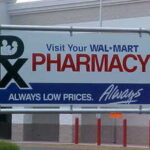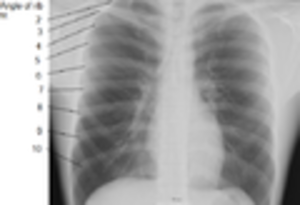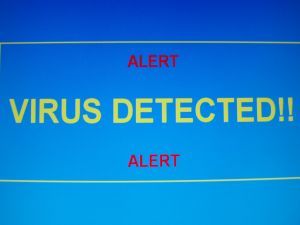One of the most frequent causes of chest pain that can be very uncomfortable and scary is costochondritis. This is an inflammation where a rib joins the sternum over the general area where one might experience angina.
When I practiced nursing, the treatment was usually a triamcinolone(corticosteroid) mixed with some 1 or 2 percent lidocaine injected into the area of the pain. This would be considered a form of chest wall pain. With the lidocaine, the ease is almost immediate and the triamcinolone is more long-term to reduce the inflammation.
Of course, you have already ruled out myocardial infarction by EKG or angina by nitroglycerin sublinqual, so you must look further.
We would also administer a “GI cocktail” which included viscous xylocaine, Maalox and Donnatal. The viscous xylocaine is a syrup version of numbing medicine, and if it was esophagitis or gastritis the relief would be very quick. Then you could treat with a long term medication.
If no relief is offered at this point, a CAT scan may be appropriate to detect a tumor or other abnormality in the mediastinum. This is the area surrounded by the lungs, laterally, the sternum or breast bone anteriorly and the spine posteriorly. Within the mediastinum are the thymus gland, which may harbor a tumor, benign or malignant, the inferior and superior vena cava, or large veins returning blood to the heart. The heart is just to the patients left of the mediastinum. It is possible to locate an aneurysm on a major vessel such as the aorta, by viewing anterior and posterior and laterally.
Another possibility in the mediastinal area is esophageal erosion. This occurs with esophageal reflux disease, whereby food, especially spicier foods semi-regurgitate into the lower portion of the esophagus. If this occurs only occasionally, a medication such as Tums or Rolaids will offer relief. If this turns out to be a chronic problem, the erosion is serious and could cause esophageal rupture. In this case, the anti-indigestion medication will only last a short while, and you will experience chronic problems with pain disguised as a chronic indigestion. This should be brought to the attention of your physician as soon as possible, and a medication such as Nexium or others can be prescribed which will not only relieve the pain, but help repair the erosion.
A smoker, or sometimes a non-smoker will frequently experience chronic bronchitis. The bronchial tubes originate as branches off the trachea and lead into the three lobes of the right lung and two lobes of the left. With smokers, tiny hair-like cells called cilia work phlegm and other waste products to the throat for expulsion. If these cilia do not work, the waste products don’t readily move and can cause infection of the bronchi. Even though this is almost alway accompanied by a cough, it can be a non-cardiac cause of chest pain with a feeling of heaviness and burning. This can be ruled out as a cardiac cause by allowing your health care professional to listen to your chest. This is called auscultation.
If the patient, particularly a female, is experiencing pain in the scapula or shoulder blade area and the lower jaw or mandible that is not relieved by nitroglycerin and has a negative EKG, then the patient should be admitted to the cardiac ward for observation. An EKG is only a “snapshot’ in time, and is not indicative of long-term angina or cardiac problems, where constant monitoring could reveal an abnormality.
A family history is particularly important due to a possible history of heart problems in family members of a similar age. If there is any doubt, on male or female patient as to the even remote possibility of a cardiac problem, the patient should not be dismissed, but rather admitted to the cardiac ward for constant monitoring of heartbeat and a consult by a cardiac physician as soon as possible.





